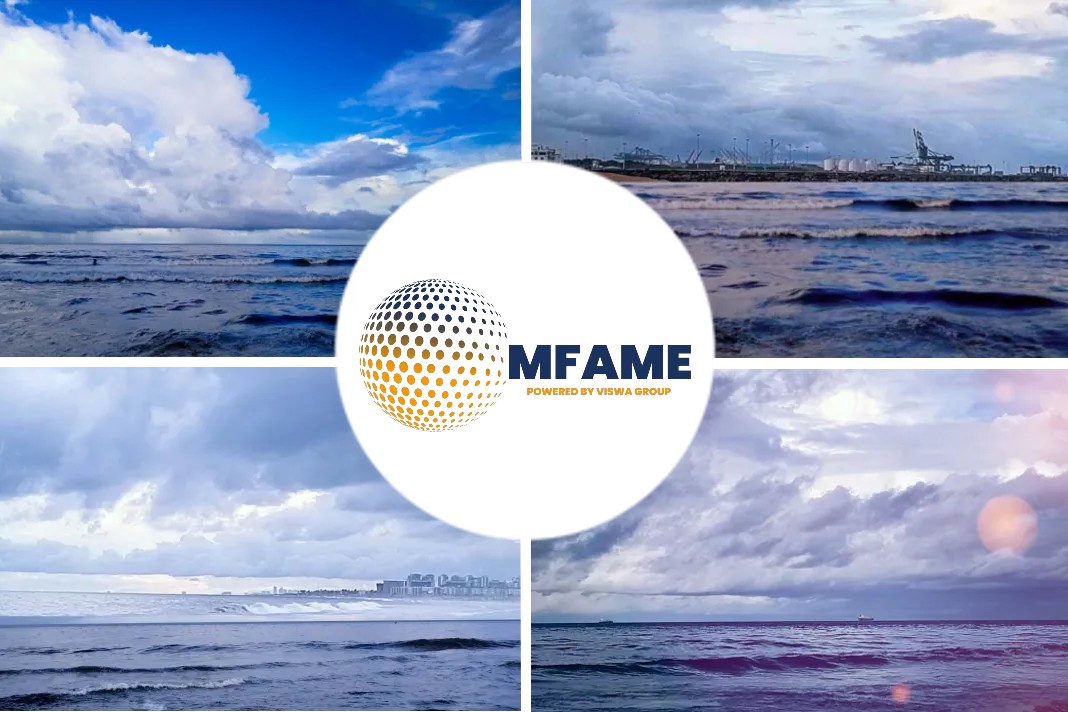- Port of Virginia becomes the first port to commit to the development of environmental friendly LNG fuel.
- It has become a member of SEA/LNG, an industry coalition aimed at accelerating the adoption of LNG as a marine fuel.
- It joins Vancouver Fraser Port Authority, the Port of Rotterdam, the Maritime and Port Authority of (MPA) Singapore, and Yokohama Kawasaki International Port Authority (YKIP).
According to an article published in Freight Waves, First U.S. port commits to developing LNG as a future fuel for the maritime industry.
Keen to promote LNG
One of the largest eastern U.S. ports is looking to promote the use of liquefied natural gas as the marine fuel of the future.
The Port of Virginia announced it will become the first U.S. port to join SEA/LNG, an industry coalition aimed at accelerating the adoption of LNG as a marine fuel.
Port of Virginia, the third largest U.S. East Coast port, joins the Vancouver Fraser Port Authority, the Port of Rotterdam, the Maritime and Port Authority of (MPA) Singapore, and Yokohama Kawasaki International Port Authority (YKIP) as members of SEA/LNG.
Scalability analysis
Virginia Port Authority also established a working group in March to examine the benefit and scalability of LNG bunkers for maritime trade.
“The U.S. has vastly increased its LNG export capacity since the industry really took flight in early 2016, inspiring development in LNG bunkering capabilities on the East and West Coasts,” said Peter Keller, Chairman of SEA\LNG. “The addition of the Port of Virginia to the coalition marks the climbing interest in LNG as a commercially viable, environmentally sustainable fuel for US domestic and international shipping.”
To be retrofitted for LNG use
LNG is one fuel source ocean carriers are hoping to tap once the International Maritime Organization’s sulfur emissions rules take effect in 2020. The U.S., which has more than ample natural gas reserves, could become a major center for LNG as a marine fuel.
But the capital costs of using LNG and developing the infrastructure remain. A ship engine would cost about $5 million to retrofit for LNG fuel use. Ports will also have to develop extensive landside refrigeration and distribution infrastructure for LNG.
Two more sites zeroed in
LNG as a ship fuel is currently only available in Jacksonville, Florida, and Port Fourchon, Louisiana, with two other sites under development. But LNG could be within reach of every port along the Eastern Seaboard and in the Gulf of Mexico, according to a report from the Congressional Research Service.
Environment-friendly fuels
Jones Act shipowners Matson and Pasha Group now have ships in their fleet capable of running on LNG. Harvey Gulf operates five LNG-powered offshore supply vessels for the Gulf of Mexico energy industry.
“Our industry is evolving and the issues of alternative marine fuels and ports reducing their carbon footprints are growing in their importance,” said John Reinhart, Executive Director of the Virginia Port Authority. “LNG bunkering would represent a complementary capability to our land and waterside assets and investments.”
Did you subscribe to our daily newsletter?
It’s Free! Click here to Subscribe!
Sources: FreightWaves






















